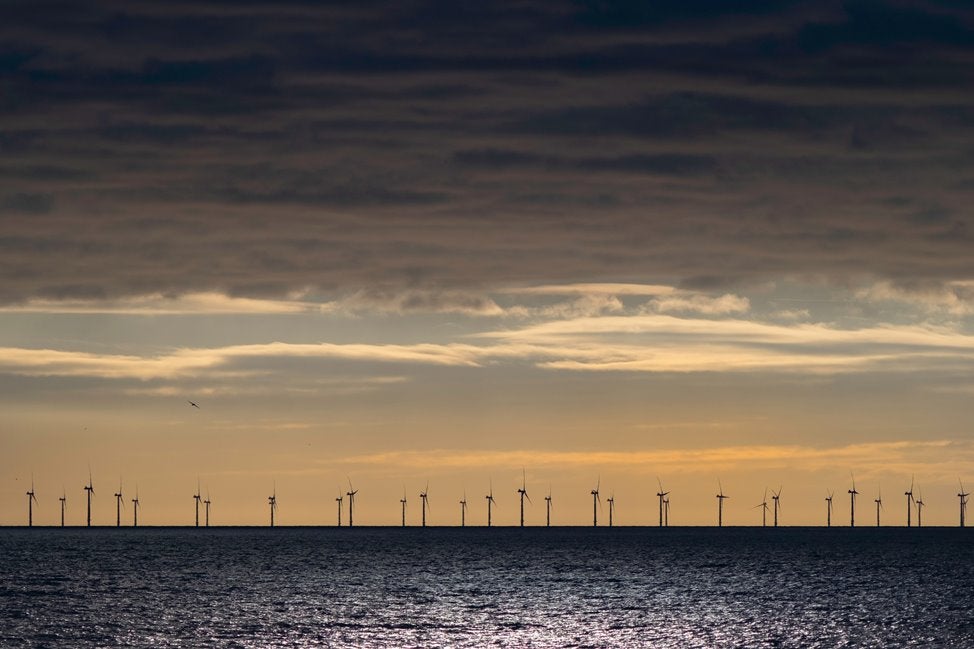
Vineyard Wind said that the decision finalizes the Massachusetts Environmental Policy Act (MEPA) review process for the wind farm. The Secretary has given the Final Environmental Impact Report (FEIR) for the United States’ first utility-scale offshore wind farm.
With the approval, the company can now go ahead with state, regional and local permissions for the proposed wind farm. Following MEPA’s certification, the company will now seek permit review from the Cape Cod and Martha’s Vineyard Commissions, and the Barnstable Conservation Commission, among others.
The FEIR certification is considered a major step ahead for the offshore wind farm and the Department of Public Utilities (DPU) is currently reviewing the power purchase agreements (PPAs) for the project.
Vineyard Wind chief development officer Erich Stephens said: “The MEPA environmental review process provided a significant benefit to the project, allowing numerous stakeholders, advocacy groups, and interested citizens to help identify and address impacts so they can be effectively managed or mitigated.
“Our team will continue to work collaboratively with state, regional and local regulatory agencies – as well as all stakeholders- as the project moves forward.”
The proposed 800MW wind farm, once completed, will be the first large-scale offshore wind project, about 23km from the coast of Massachusetts. It will be able to generate enough electricity to power more than 400,000 homes and businesses, while reducing carbon emissions by more than 1.6 million tons per year.
The offshore wind farm is expected to include MHI Vestas’ V164 9.5 MW offshore wind turbines. In November 2018, MHI Vestas was selected as the preferred turbine supplier for the wind farm.
Power generated from the wind farm will be supplied onshore by a connector project, which will include subsea and subsurface electrical transmission lines and a new substation that will connect the turbine array to the Massachusetts electric grid.






